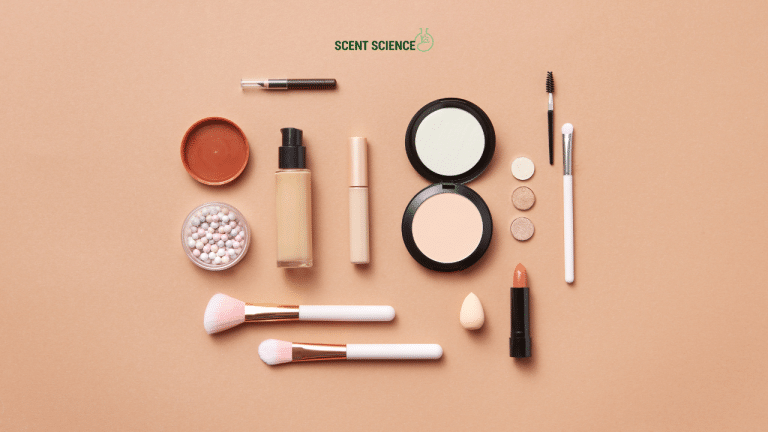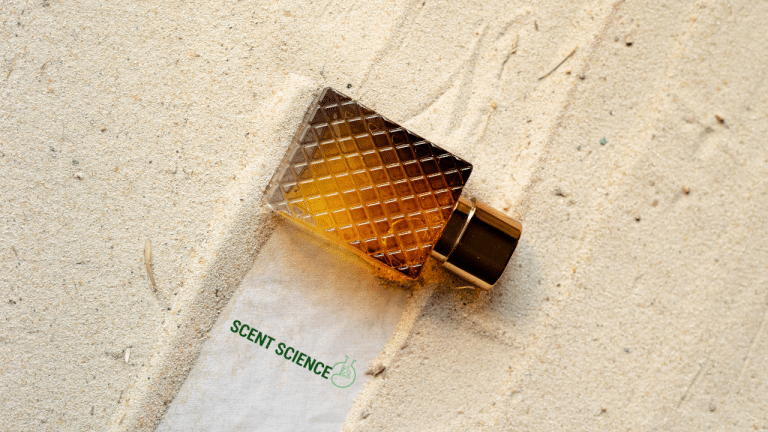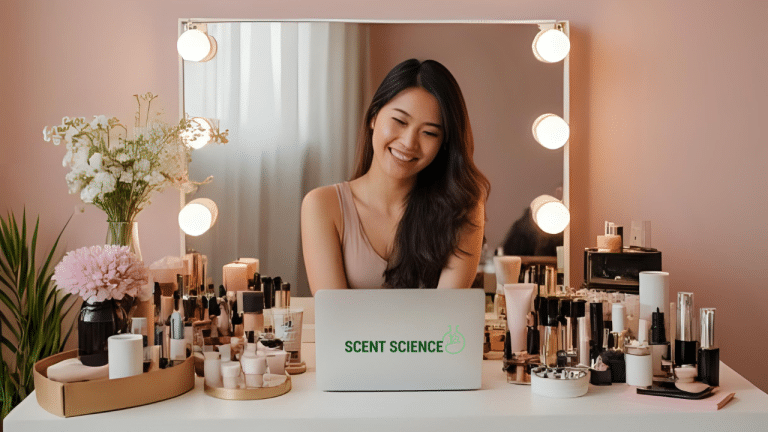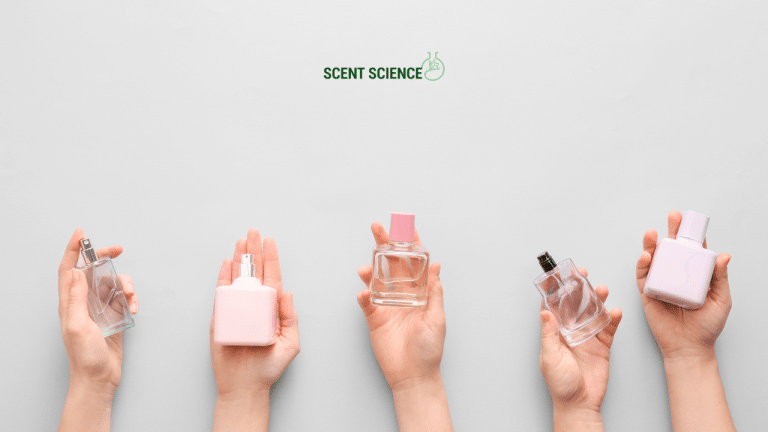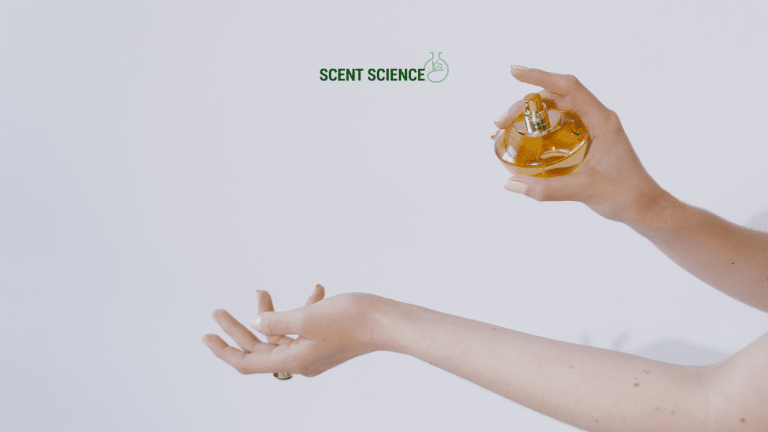Let’s dive right in with a peculiar thought: Have you ever wondered what your signature fragrance has in common with coal tar? Yeah, I know, it sounds weird. But trust me, the history of synthetic fragrances is full of twists that are just about as unexpected. As we unravel this tale, we’ll uncover how science and scent became entwined, creating a legacy that’s wafted through every perfumed bottle on your dresser today.
Table of Contents
ToggleA Whiff of Perfume History
Perfume, as it turns out, isn’t just a delightful spritz of magic. Its history is a winding road of exploration, culture, and, believe it or not, alchemy-like experiments. Way back, natural ingredients like flowers, spices, and essential oils ruled the aroma kingdom. However, as charming as the whiff of crushed roses or powdered spices might be, there was a problem: scarcity and cost. Before long, perfumeries found themselves on the lookout for a solution—a more sustainable scent, if you will. Enter: synthetic fragrances.
The Quest Begins: Early Days of Synthetic Fragrances
Synthetic fragrances didn’t just pop into existence—in the 19th century, there was a respectable convergence of science and curiosity at play. Back then, chemists were pioneering the manipulation of molecules. In 1868, a pharmaceutical chemist named Auguste Wilhelm von Hofmann synthesized coumarin, a component that naturally occurs in the aromatic compound of the tonka bean. Possible fragrance from a fake bean substance? This was revolutionary!
**Historical Milestones:**
- 1868: Coumarin synthesis shocked traditionalists yet delighted innovators with an unexpected vanilla-meets-hay aroma.
- 1874: A German scientist by the name of Friedlieb Ferdinand Runge stumbled upon “Cyanin,” laying groundwork for understanding synthetic chemical reactions.
But let’s be honest, the road wasn’t all sweet-smelling and smooth. There were challenges, encloaking traditional perfumers in clouds of doubt about authenticity and safety—classic fear-of-the-unknown stuff.

Breaking Down the Chemistry: What Lies Beneath?
Now, let’s talk for a moment about the nitty-gritty science bits. Don’t worry, it won’t get too technical! The essence of synthetic fragrance production is in breaking and rebuilding molecules. Chemists discovered that they could replicate fragrant molecules found in nature—or create entirely new scents by combining molecules never found together in a flower.
The pivotal breakthrough? **Aldehydes**, which were initially discovered while attempting to synthesize other compounds. Quick side note: aldehydes are kind of like the wildcard in the fragrance world. You’ll find them bringing that unique tingle to iconic perfumes like Chanel No. 5. It’s bold, daring, and let’s face it, a bit of a game-changer.
The Scent Revolution: The Rise of Synthetic Fragrances
Fast forward to the 20th century, and you see the stage set for a veritable scent revolution. Chemists were frolicking (perhaps long hours in lab coats amounted to this) with an assortment of complex compounds. By this era, synthetic fragrances weren’t merely obscure laboratory creations; they were transforming mainstream perfume production.
Transformational Products and Their Impact
This wasn’t just about crafting new fragrances; synthetic approaches reshaped the industry landscape. Costs trimmed, variety expanded—it pushed perfumery from the aristocracy’s reach towards becoming a personal pursuit for everyone. This really wasn’t about scents alone, but about broader societal change.
Key points to consider:

- Variety: Perfumes broadened, offering scents from light and floral to sultry and masculine.
- Accessibility: Without pricey natural ingredients hogging center stage, everyone could afford a little elegance.
- Longevity and Stability: Synthetic fragrances typically lasted longer and adjusted better to different environments compared to their purely organic ancestors. Think less frequent spritzing and more enduring openness!
You could say synthetic fragrances democratized smell, one waft at a time.
Crucial Inevitables and the Unending Debate
In pursuing progress, inevitable debates crop up. Nostalgic proponents of champion innovs often tout purity while synthetic fragrance fanatics champion innovation. Safety of ingredients? Usability? Complexity of international fragrance regulations? All have added layers of nuance—and sometimes convolution—to the conversation.
Four often-cited stances unveiled:
- Purists’ Preferentialism: Sticking firmly to natural ingredients and traditional methods.
- Innovation Integration: Balance natural vibrancy with scientific enhancement.
- Chemical Caution: Consider potential allergic reactions to synthetic compounds.
- Regulatory Scrutiny: Mindful formulation within environmental and safety guidelines.
These discussions foster dynamic advancement within the fragrance sector, carving paths for thoughtful synthetic product development.
The Modern Day: How Science and Smell Continue to Evolve
A fascinating aspect of synthetic fragrance evolution is it never leaves enough alone. In fact, scientists today are more inventive than ever. Imagine fragrances that respond to light, creating kaleidoscope-like scent changes throughout a day’s wear. And how about developing eco-friendly approaches! Emphasis on sustainability and well-being is shaping tomorrow’s fragrances in novel ways.

Actionable Insights for Navigating Today’s Fragrances
In today’s fragrance-filled universe, choosing your perfume becomes an exploration in itself. Here’s how you might sift through options smartly:
- Read and Understand Label Ingredients: Decode perfume lingo. Words like “aldehyde,” “coumarin,” and “musk compounds” shouldn’t make you blush.
- Test Before Staying: Pro-tip: Always sample fragrances first—apply them on wrist or neck, let your natural oils harmonize. Natural development reveals most nuanced notes and helps avoid impulse buys.
- Evaluate Brand Commitment: From sustainability to ethical sourcing—even synthetic-centric brands can prioritize environment-friendly goals.
Embracing Tomorrow—Safely and Knowledgeably
Synthetic fragrances constantly prove our capacity to blend scientific ingenuity with the daily human experience, of smelling great and feeling better! Whether we remain ardent purists or sympathetic synthetics admirers, knowledge always becomes the underlying key. To cut through noise and smell only the roses—we owe it to oursensibility to make informed, harmonious fragrance choices.
And remember: attached to every beloved bottled emotion stands a trail centuries-long yet forward-driven. It whispers, muses, and challenges us to grasp beyond the familiar, to even create anew, matching asymmetrical yet ever-magnetizing scents. Tomorrow awaits, alongside emerging evidence for balance—to trust and tweak histories, technologies aisles apart.
So as you spritz your chosen scent this morning, embrace the harmony where nature’s essence meets scientific imagination. Smell that? That’s evolution in the air.
Let’s keep this conversation going on how these whiffs through science can redefine our surroundings, one engaging spritz at a time!
Frequently Asked Questions
How often should I wash my face mask to prevent maskne?
To prevent maskne, it is crucial to wash your face mask regularly. For fabric masks, wash them after every use, similar to how you would wash your underwear[2][3][4]. Disposable masks should be tossed after each use to prevent the buildup of bacteria and other contaminants[3][5>.
What type of skincare products are best for preventing maskne?
For preventing maskne, use skincare products that are oil-free or noncomedogenic. These products, such as gentle cleansers, moisturizers, and sunscreens, help prevent clogged pores and reduce the risk of acne. Look for products containing salicylic acid or benzoyl peroxide for their acne-fighting properties[1][3][4>.
How can I reduce friction and irritation caused by wearing a face mask?
To reduce friction and irritation, choose a mask that fits well and is made from breathable fabrics like cotton or bamboo. Loosen the mask straps, use pads under the straps, or consider a headband-style mask to minimize friction. Taking brief breaks to remove the mask and allow your skin to breathe can also help[2][3][5>.
What are some additional tips to prevent maskne while wearing a face mask?
In addition to regular mask washing and using the right skincare products, avoid touching your face, skip makeup or use noncomedogenic makeup, and moisturize your skin to keep it hydrated. Also, limit the use of active ingredients like retinol or benzoyl peroxide during the day when wearing a mask, and consider using a topical antimicrobial cream to prevent bacterial buildup[1][3][4>.
References


